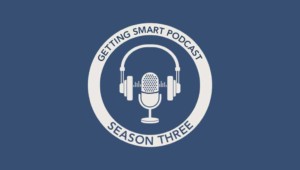Skip a Year or Two of High School
Sports, socializing, and selective colleges are the primary reason for 4 years of high school. Most kids can and should spend less time in high school and more time in career programs or high education. Several reporters came to similar conclusions in the last few days. Walter Kirn, NYT Magazine, suggests eliminating the typically wasted senior year. Gregg Toppo, USAToday, reports on a similar proposal in Utah and provides some background:
Already, 21 states allow early graduation, according to the Education Commission of the States. And among the other 29, it’s not entirely clear whether state law actually prohibits it. Thirty-five states allow students to finish high school based on mastering proficiency standards in state tests rather than satisfying course credit requirements or years spent in school.
By the fall of 2011, a small group of high schools in eight states will take part in a new initiative, announced last week, that will allow high school sophomores who pass a series of “board exams” to graduate two years early and move directly to a two- or four-year college. [see NCEE for more]
Since 2002, another effort, underwritten by the Bill & Melinda Gates Foundation, has created more than 200 “early college high schools,” which enroll 50,000 students for a similar purpose [see Early College High Schools]….many high schools now allow students to enroll in college concurrently, often with a chance to earn a high school diploma and associate’s degree in [four or] five years.








Hans Hageman
This is definitely something that needs to be examined. I remember how frustrating it was at my independent schools when people would derisively sniff at the "individual education plans" that made sense for ALL students.